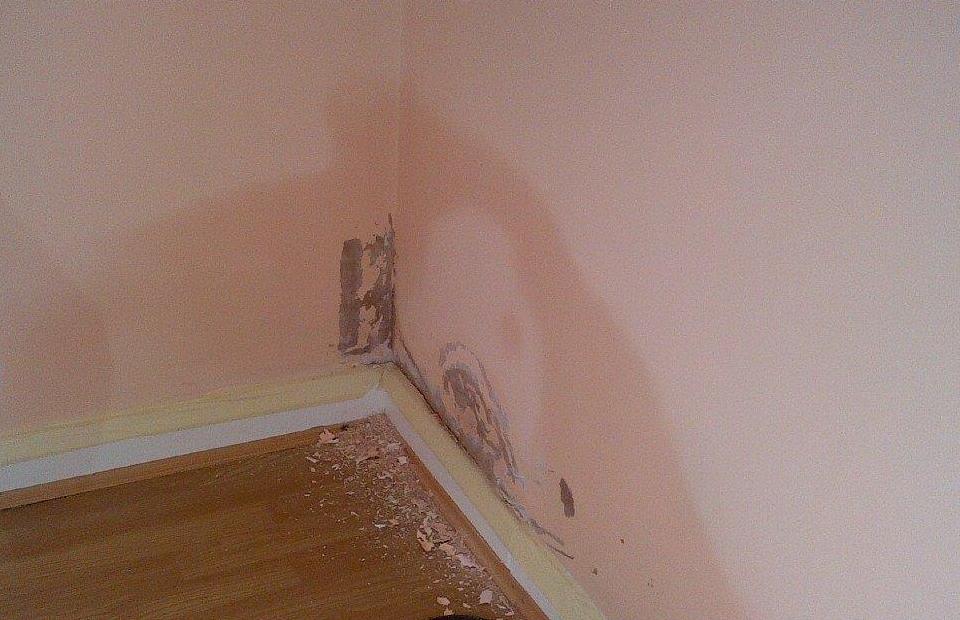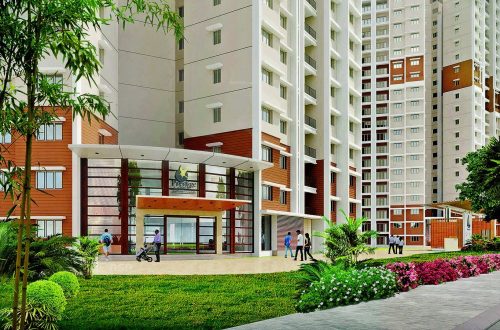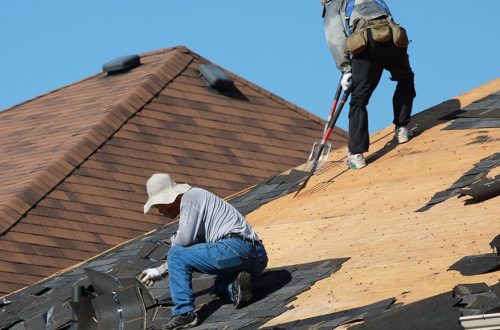Both waterproofing and damp proofing are ways of protecting against moisture intrusion. Although they are often used interchangeably, the conditions damp proofing and waterproofing carry distinct meanings in foundation construction. Damp proofing refers to keeping soil moisture (dampness) out of an structure, while waterproofing means protecting a structure from both moisture and liquid water. The level and location of the structure’s foundation, soil conditions, rainfall, drainage, and methods of construction can all determine the necessity for damp proofing versus waterproofing.
When Is Damp Proofing Necessary?
The International Residential Code (IRC) states that waterproofing is necessary “in areas where a high water table or other severe soil-water conditions are known to exist.” Section R406 of the IRC states that in areas where waterproofing is not required, below-grade foundation walls should be damp-proofed. The parging of masonry walls must also be damp-proofed. In areas without high soil hydrostatic pressure, damp proofing found in conjunction with proper drainage and lawn grading is normally sufficient and provides long-lasting protection.

When Is Damp Proofing Necessary?
How Does Damp Proofing Work?
Damp proofing is typically achieved through a coating that is either sprayed on or rolled onto the outside of the wall. A damp proof course is a barrier that prevents rising damp, which is when water from the soil seeps up in the foundation. Damp proofing can also be integral when put into the concrete mix, the concrete itself water-resistant.
Damp Proofing Tips
Damp Proofing External Walls Below WALK OUT
Historically, an inexpensive and common method was to spray tar on foundation walls and footing joints. This is not recommended because the tar contains harmful VOCs and the material can be brittle and flake away as time passes.
The best damp proofing material is totally inert, would not emit any dangerous VOCs, will not require investment in expensive spray equipment, installs in any weather (tar cannot be applied in cold rain, snow, or sleet), installs quickly and efficiently, and lasts a long time. Poly Wall waterproofing systems check each one of these boxes.
Damp Proofing Block Walls
The EPA recommends that masonry block walls be parged prior to applying any damp proof coating. As stated above, the IRC also requires that parging be damp proofed.
Retaining Wall Damp Proofing
The purpose of a retaining wall is to hold back the soil when there is also a change in ground level. A retaining wall with moisture ingress shows efflorescence, staining, deterioration, and water leaking through. The retaining wall should be damp proofed or water proofed, depending on whether it’s soil-retaining and the location where it is placed.
Proper Preparation
In order to keep your damp proofing membrane impressive, always be certain to seal all penetrations prior to utilizing a liquid damp proofing membrane, and overlap the seams in your sheet membrane. Damp proofing and waterproofing both require the same care in preparing the surfaces – they must be clean and dry, and the material must be employed in the right temperature range for your product.






